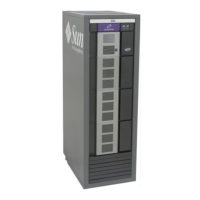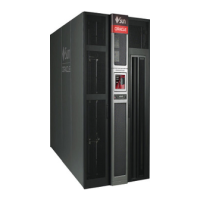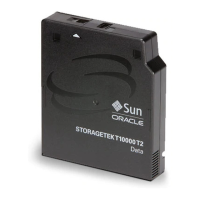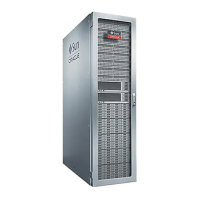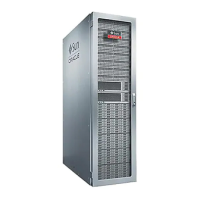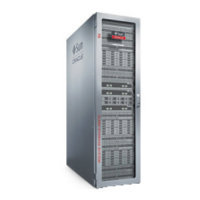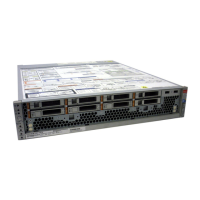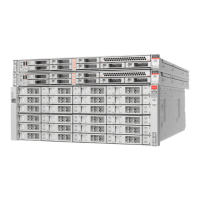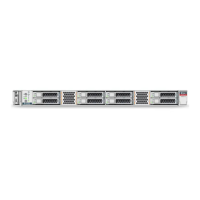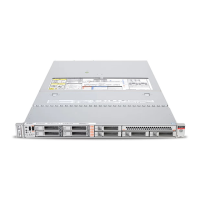Understanding Basic SL150 Concepts
The StorageTek SL150 Modular Tape Library 1-3
user. This gives the service representative all required access to the system, while
keeping your Administrator accounts secure and access to your library under your
control.
Administrator Role
The SL150 library Administrator has the authority to fundamentally alter the
configuration and operation of the library. Administrator tasks include:
■ granting and denying user access to the library
■ assigning job roles
■ setting and/or changing basic library properties, including system time and host
connectivity
■ administering the TCP/IP connection between the library and the Browser-Based
User Interface
■ administering Simple Network Management Protocol (SNMP).
Given the scope of an administrator's responsibilities, the knowledge required, and the
potential for problems if administrative capabilities are misused, you generally want
to limit the number of people who are assigned to the Administrator role.
Unified Control and Data Path
The SL150 tape storage library communicates with the host via a single, unified,
control/data path. The host application sends instructions that position robotics,
mount and unmount volumes, clean drives, and query the status of components over
the same interface used for sending and receiving stored data.
Both data and commands are sent to the Serial Attached SCSI (SAS) or Fibre Channel
data interface on a designated Linear Tape Open (LTO) bridged drive. The bridged
drive then handles all communications for the library or library partition. Command
and control signals are sent to LUN1 (Logical Unit Number 1) of the bridged drive,
which is configured as a SCSI medium changer device. The SCSI medium changer
communicates with the SL150 library controller across the Automation Device
Interface (ADI) on the bridged drive. Data are sent to the remaining LUN on the
bridged drive or to LUNs on the other, unbridged drives in the partition, all of which
are configured as SCSI sequential-access (tape) devices. A default bridged drive is
automatically assigned during library and partition configuration.
Currently, the SL150 library supports Oracle-supplied, half-height, IBM LTO-6 and
LTO-7 tape drives, with either SAS or Fibre Channel interfaces.
Partitioning
Generally, storage-applications require exclusive control of their storage media, so that
applications do not move or overwrite data that they do not own. If you need to attach
more than one host to a library, you must therefore partition the library in a way that
segregates storage media by application host. Each partition then functions as if it
were an independent library. You can configure up to eight host partitions on a single
SL150 tape library.
When the partitioning feature is enabled, each hosted application controls the tape
magazines and drives that you assign. You can have varying numbers of drives in
your partitions. But each partition must contain at least one bridged drive for
communication with the host.
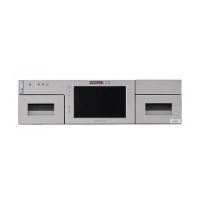
